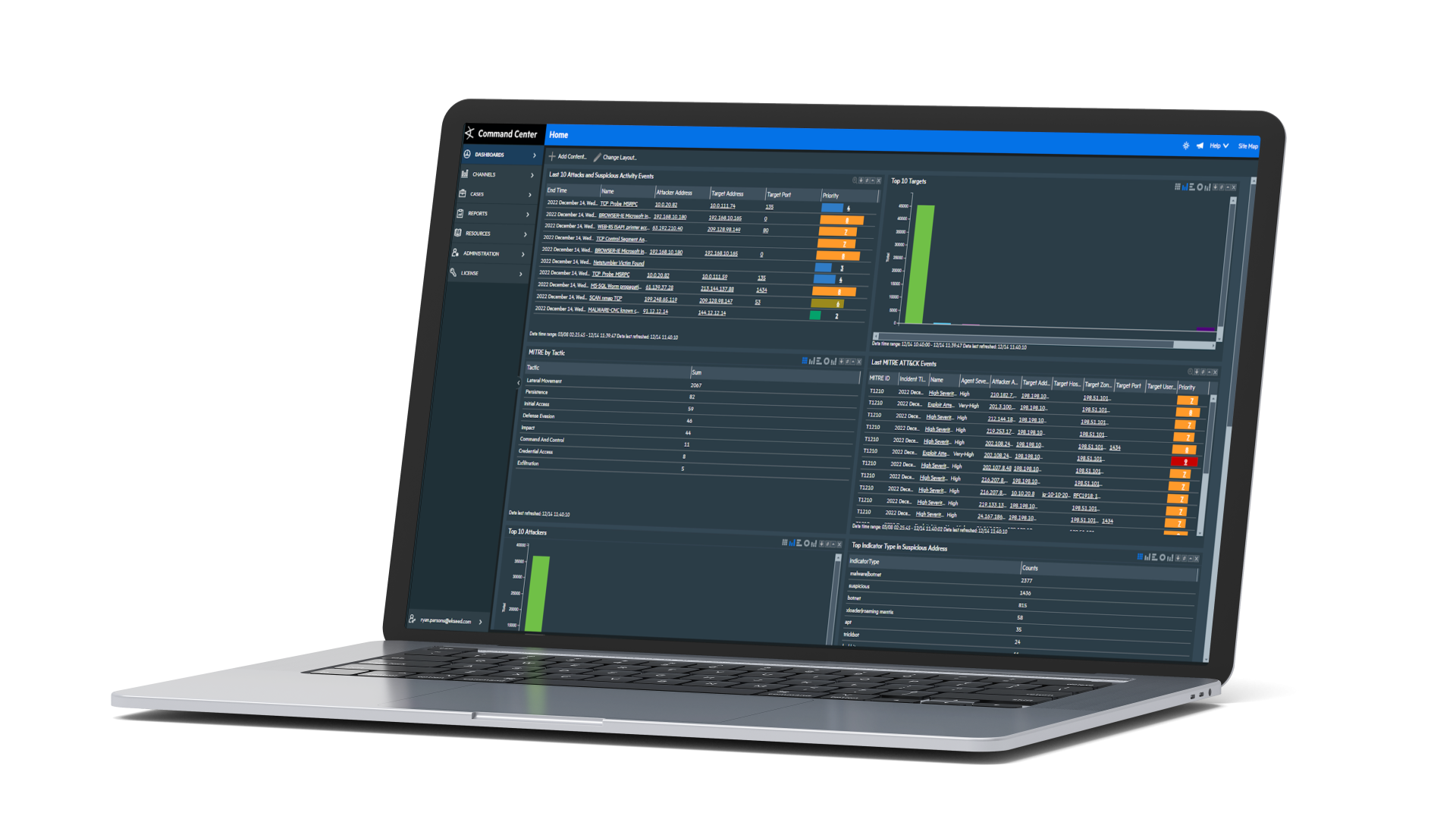Maximize your IT security with an outsourced SOC and XDR (as a Service)
In today's digital landscape, IT security is a major concern for businesses of all sizes.
French managers rank cybersecurity risks as the number one threat to which their company will be exposed in the coming year (PwC 27th CEO Survey 2024). Cyber threats are constantly evolving, becoming more sophisticated and difficult to detect. That's why many organizations are turning to Security Operations Centers (SOCs) and advanced solutions like outsourced Extended Detection and Response (XDR) (as a Service) to strengthen their security posture.
What is a SOC?
A SOC is an operational center specifically designed to monitor, detect, respond to and prevent security incidents. It is essentially a team of security professionals working in tandem with advanced technological tools to protect an organization against cyber threats. SOCs are equipped to analyze event logs, security alerts, and network data in real-time, providing deep visibility into an organization's IT environment.
SOC as a Service (outsourced): what are the advantages?
1. Benefit from specialist expertise
SOC as an outsourced service enables the use of highly qualified IT security experts. These professionals have in-depth knowledge of the latest threats and hacking techniques, leading to faster detection and more effective incident response.
2. Continuously monitor your IS through the use of powerful technological tools
4/7 monitoring is one of the main advantages of a SOC as a Service. Threats do not respect business hours, and the ability to detect and respond quickly at any time is crucial to minimizing potential damage and responding effectively and quickly to intrusion attempts.
3. Improve your responsiveness
An outsourced SOC as a service significantly reduces the time needed to detect and respond to security incidents. Specialized teams can take immediate action to contain threats, minimizing the impact on the business.
4. Conduct advanced threat analysis
OCs as a service use advanced technologies such as behavioral analysis or artificial intelligence to identify suspicious behavior patterns. Beyond allowing you proactive detection, this type of data allows you to conduct an in-depth analysis of detected threats and therefore seamless reactivity to neutralize them before they become major problems.
What is XDR?
Extended Detection and Response (XDR) goes beyond the capabilities of a traditional SOC by integrating and correlating data from multiple security sources. This includes endpoints, servers, email, and other control points to provide a holistic view of the security environment.
XDR as a service: what are the advantages?
1. Benefit from expanded detection
An XDR as a service extends threat detection across the entire digital ecosystem of the enterprise, identifying attacks that might go unnoticed in traditional security solutions.
2. Correlate data intelligently
By intelligently integrating and correlating security data, an XDR solution enables deep contextual analysis. As a result, threats are identified more precisely: you reduce false positives and improve the quality of alerts.
3. Automate some incident responses
An outsourced XDR (as a service) can automate some incident responses, thereby accelerating threat neutralization. It also frees security teams to focus on more complex tasks that require human expertise.
4. Get a solution that offers scalability and flexibility
XDR services are often designed to accommodate growth and changing security needs of an enterprise. This flexibility allows organizations to quickly adapt to new threats and changes in the cybersecurity landscape.
Discover the PwC SOC & XDR as a Service solution
Choose managed services to secure your Information System and respond effectively to cyberattacks.

By combining the benefits of a SOC and XDR as a service, businesses can significantly strengthen their security and protect their IT assets. Continuous monitoring, specialized expertise, extensive detection and automated response help create a robust line of defense against ever-evolving cyber threats.
